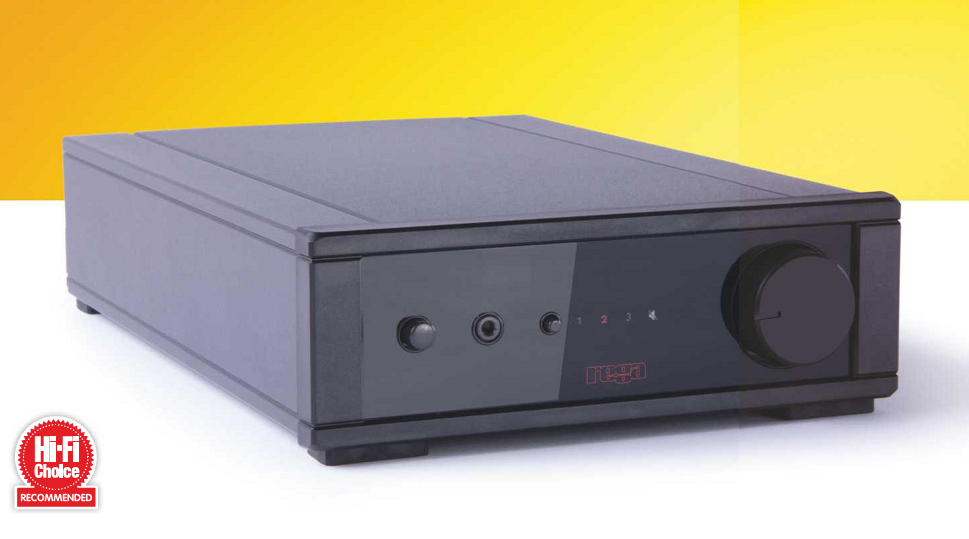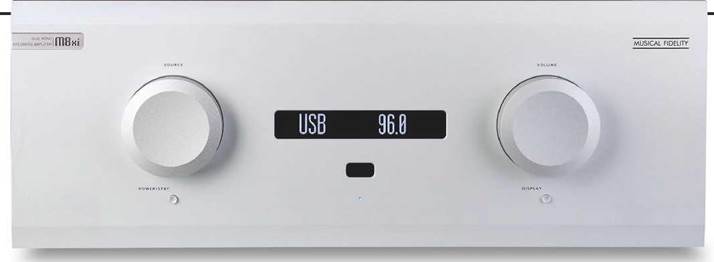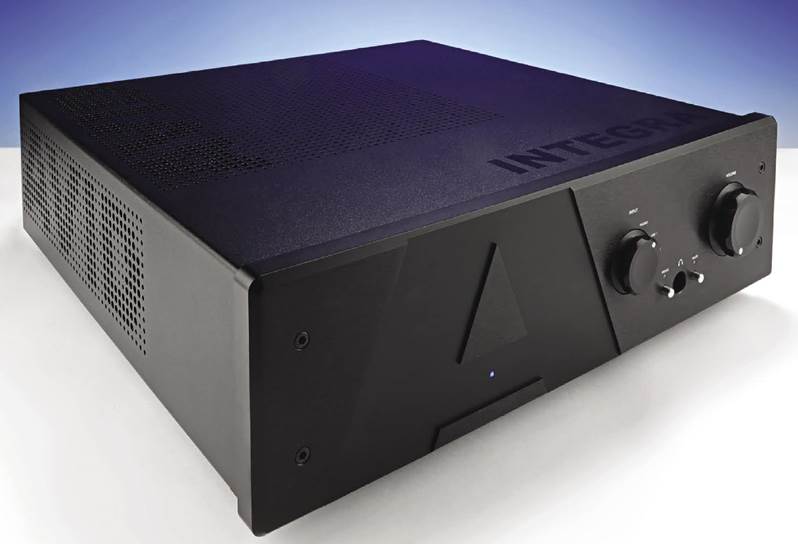Musical Fidelity M6si Review
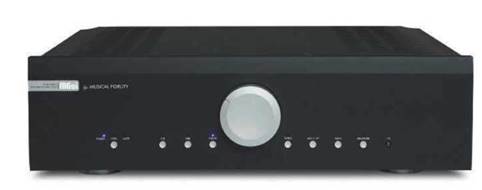
Traditional and modern thinking collide with huge amounts of power. Read our Musical Fidelity M6si Review.
Table of Contents
DETAILS
PRODUCT Musical Fidelity M6si
ORIGIN Austria/Taiwan
TYPE Integrated amplifier
WEIGHT 16.6kg
DIMENSIONS (WxHxD) 440 x 125 x 400mm
FEATURES
• Quoted power output: 2x 220W (8ohm)
• Inputs: 4x RCA (1x switchable home theatre); 1x MM/MC phono stage; 1 XLR; 1x USB-B
• 24-bit/96kHz- capable DAC
DISTRIBUTOR Henley Audio Ltd.
TELEPHONE 01235 511166
WEBSITE henleyaudio.co.uk
round in varying iterations for some years now, like most MF designs the key attribute the M6si possesses is power – something the company has long seen as necessary for a realistic reproduction of music with the correct dynamics and scale. As the most powerful amp here it claims 2x 220W into 8ohm output.
Connectivity is slightly different to anything else in the group. There are four RCA line inputs, one of which can be switched for use with home cinema systems. These are joined by a stereo XLR input and switchable MM/MC phono stage, but there’s no headphone amplifier. Additionally, there’s a USB-B port designed to work without a driver as a USB1 device to a maximum sample rate of 24-bit/96kHz.
Aesthetically, the M6si follows the tradition of being a big, no-nonsense integrated. The front panel is simple and well laid out while the build quality impresses. The remote has a myriad of buttons and, aside from a slightly insensitive volume dial, the M6si is easy to use.
Sound quality
Given the quoted power output, it won’t come as a huge surprise that the M6si has huge amounts of volume left in reserve at the test level and manages to deliver on the intention of sounding big and effortless. Hugh Masekela’s trademark train whistle in Stimela is delivered without the slightest sense of compression or strain. Where the Musical Fidelity is perhaps less convincing is its ability to deliver the size of the venue that the performers are in and it is harder to discern the relationship between them and the audience. The tonality of both vocals and instruments is extremely good, however.
Walking On A Thin Line‘s more straightforward presentation is rendered in a convincing way, helped by a potent low end, but some of the slight hardness that the upper registers display is noticeable too.
With It Don’t Mean A Thing‘s lovely mastering the M6si is on far happier ground. It has no trouble giving the required scale to the band without overwhelming the vocalists. The tonal
CONNECTIONS
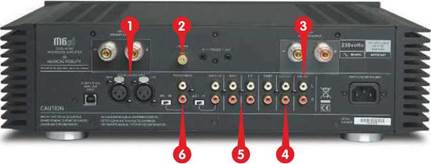
1 Balanced XLR inputs
2 Turntable grounding post
3 RCA pre output
4 RCA analogue output
5 4x RCA analogue inputs
6 MM/MC phono stage input
balance is slightly brighter than neutral, but not so much that the result could be described as forward. Once again, though, the M6si isn’t able to provide the music with the space and organisation that some other amps here can. Listened to in isolation it is fine, but hearing it immediately after some others in the group it is more noticeable. This means that the potent low end of The River and commendable levels of timing are slightly pinned back by the feeling of constriction around Aurora Aksnes’ vocals at the top end.
The M6si has huge amounts of volume, making it sound big and effortless
Unfortunately, moving to the USB input does little to significantly alter this balance – indeed compared with the rather more expensive digital combination acting as the test source, there is a further reduction in scale and three dimensionality.
Ending on a more positive note, however, the phono stage reveals itself to be among the best in the group, combining its low noise floor with a commendably rich and appealing tonal balance and enough gain to work with pretty much any cartridge it is likely to encounter
OUR VERDICT
When you purchase through links on our site, I may earn an affiliate commission. Here’s how it works.




